

Max Davies
How Audi, BMW, Honda, Mercedes-Benz, and Suzuki started out in Australia, and where they are now
6 Hours Ago

News Editor
The redesigned Niro Plug-In Hybrid and Niro EV have been detailed, courtesy of Kia Sweden, ahead of their local launch in the third quarter of 2022.
The Niro Plug-In Hybrid continues to use a 1.6-litre four-cylinder petrol engine, albeit now mated to a more powerful 62kW electric motor (up from 44.5kW) for a total output of 136kW.
That’s an increase in total system output of 32kW. Range is up, too, with the substitution of an 8.9kWh battery for a 11.1kWh lithium-ion polymer unit.
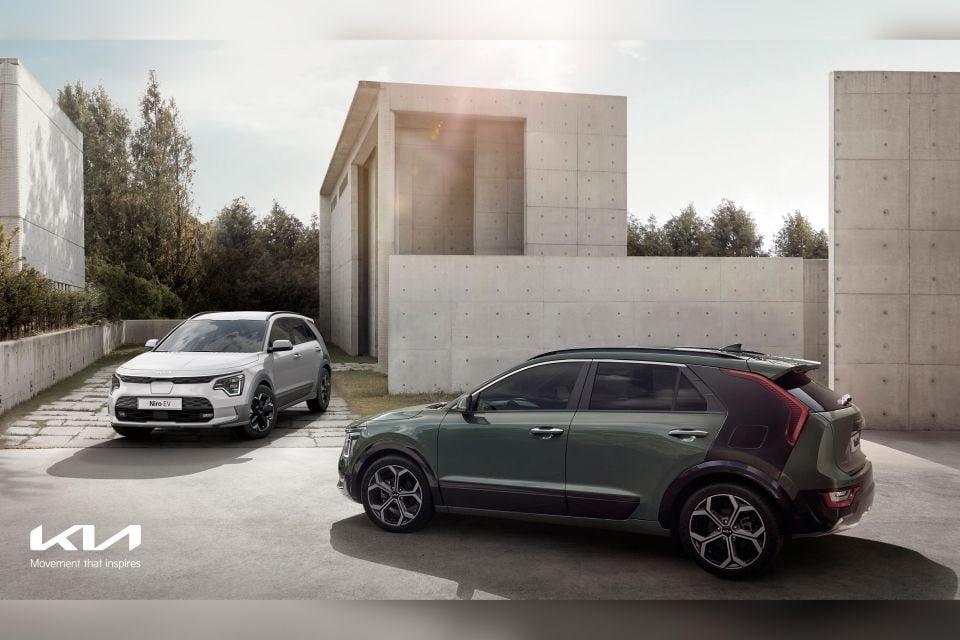
Kia Sweden quotes a preliminary range figure of 60km, though it doesn’t specify which test cycle this is on. The outgoing model has a claimed 58km of range, albeit on the more generous NEDC cycle.
The Niro EV continues to use a 150kW electric motor, though, oddly, Kia Sweden quotes a torque figure of 255Nm. The outgoing model has 395Nm.
The 64.8kWh battery affords the Niro EV a claimed range of up to 463km, pending homologation, which is up incrementally over the outgoing model’s 455km figure.
They join the previously detailed Niro Hybrid which, like the PHEV, also continues to use a 1.6-litre four-cylinder engine.
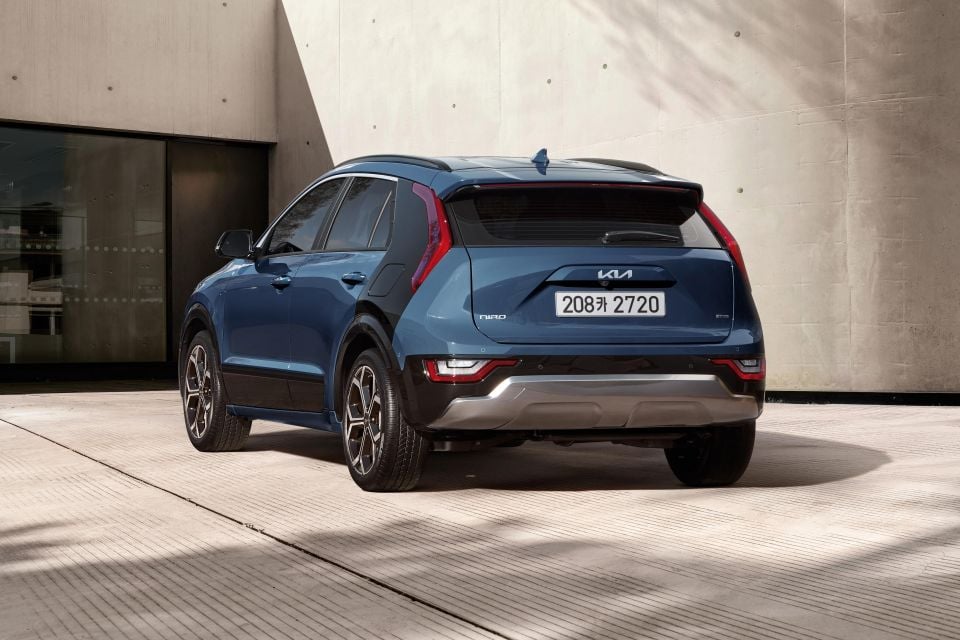
The engine produces 77kW of power and 144Nm of torque and is mated with a 32kW electric motor, for a total system output of 104kW – the same as in the outgoing car.
Up-spec Niro models, at least in Sweden, will offer new features such as ventilated front seats, a Harman Kardon sound system, and Remote Smart Parking Assist.
Kia says the Niro is all-new and is based on a “third-generation” platform. Suspension is MacPherson strut up front and four-link at the rear.
The new suspension is designed to give the new car improved responsiveness, stability and ride comfort, while a new steering system helps improve steering feel.
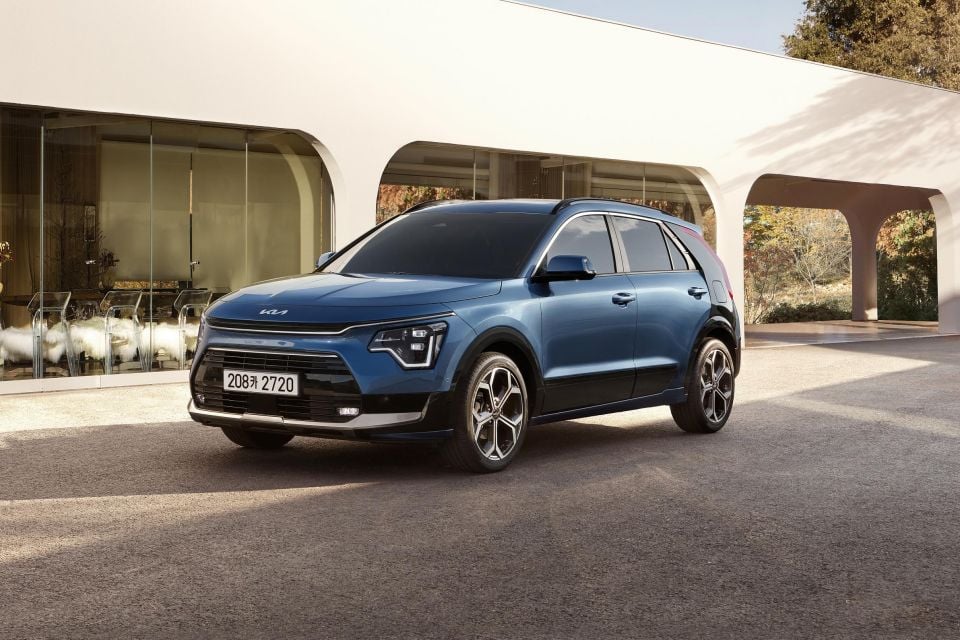
There’s also more insulation in the vehicle’s structure to lower noise levels.
The Niro has grown, and now measures 4420mm long, 1825mm wide and 1545mm tall on a 2720mm wheelbase.
That makes it 65mm longer, 20mm wider, 10mm taller and on a 20mm longer wheelbase than the outgoing model.
Boot space is up 15L to 451L (VDA) in the hybrid model, thanks largely to the repositioning of the 12V battery alongside the high-voltage battery under the rear seats.
The PHEV has 348L and the EV 495L, with the latter also featuring a 20L storage space under the bonnet.
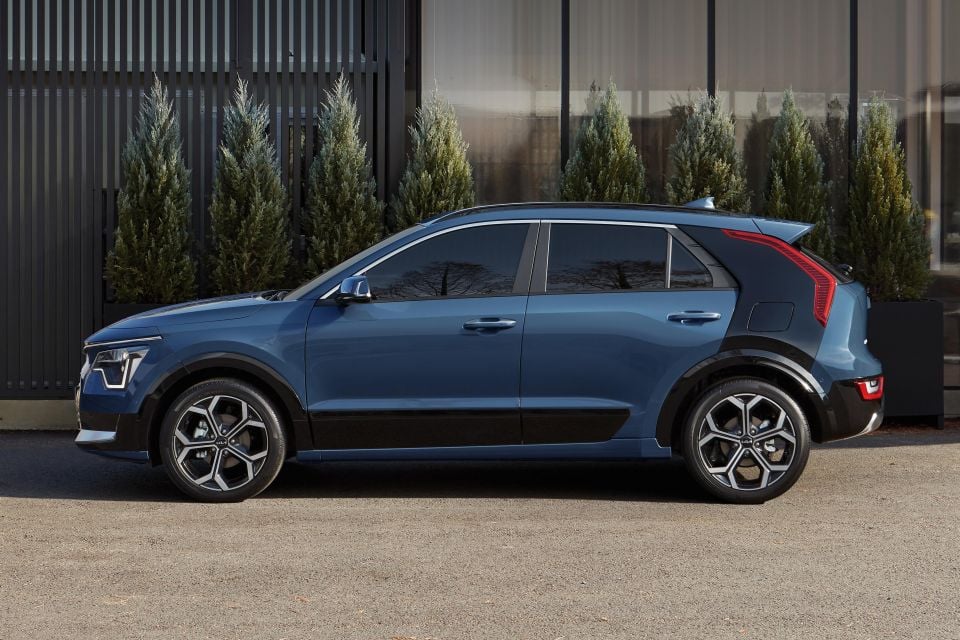
The Niro packs Kia’s latest active safety and driver assist features. This includes lane-keep assist and Lane Following Assist, automatic high-beam, active blind-spot and rear cross-traffic assist and Reverse Parking Collision-Avoidance Assist.
Highway driving has been made easier with a Highway Driving Assist feature plus navigation-based adaptive cruise control, while the autonomous emergency braking includes junction turning and junction crossing functions.
Remote Smart Parking Assist allows you to move the car forward and back using the key fob, Intelligent Speed Limit Assist adjusts the speed if you’re exceeding the speed limit, and Safe Exit Assist will activate the rear door child locks if it detects occupants are about to step into the path of a vehicle.

Exterior styling is crisper than before and inspired by the 2019 HabaNiro concept, with distinctive design elements like colour-contrast C-pillars, boomerang tail lights and ‘heartbeat’ daytime running lights.
Its drag coefficient is 0.29.
Inside, there’s a 10.25-inch touchscreen infotainment system, below which sit touch-capacitive switches for the climate control. A rotary dial shifter sits on the centre console.
Also present are a 10.25-inch digital instrument cluster and a 10-inch head-up display.
Voice prompts can be used to change temperature and audio settings, and multiple functions can be adjusted with one command.
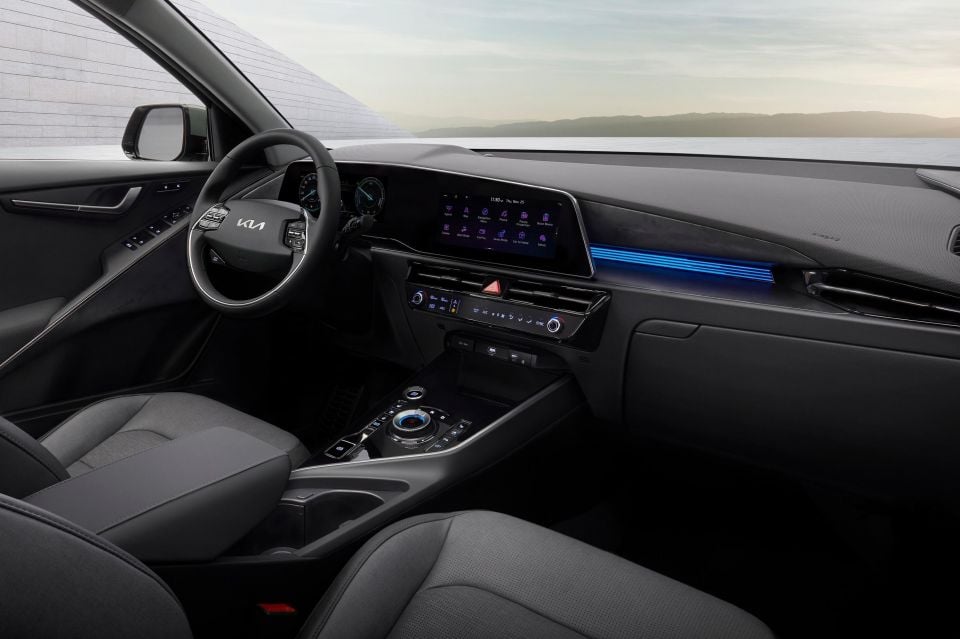
A power tailgate is available, while Kia Connect app connectivity allows you to unlock and start your vehicle using your smartphone. The Niro will debut this functionality in Australia.
Kia also says built-in front and rear cameras inside the Niro allow you to record videos, which can be saved and viewed via either the infotainment screen or your smartphone.
There’s been a focus on sustainability inside the Niro, with a headliner made from recycled wallpaper, seats made from Bio PU with Tencel from eucalyptus leaves, and water-based paint used on the door panels that’s free of benzene, toluene, and xylene isomers.
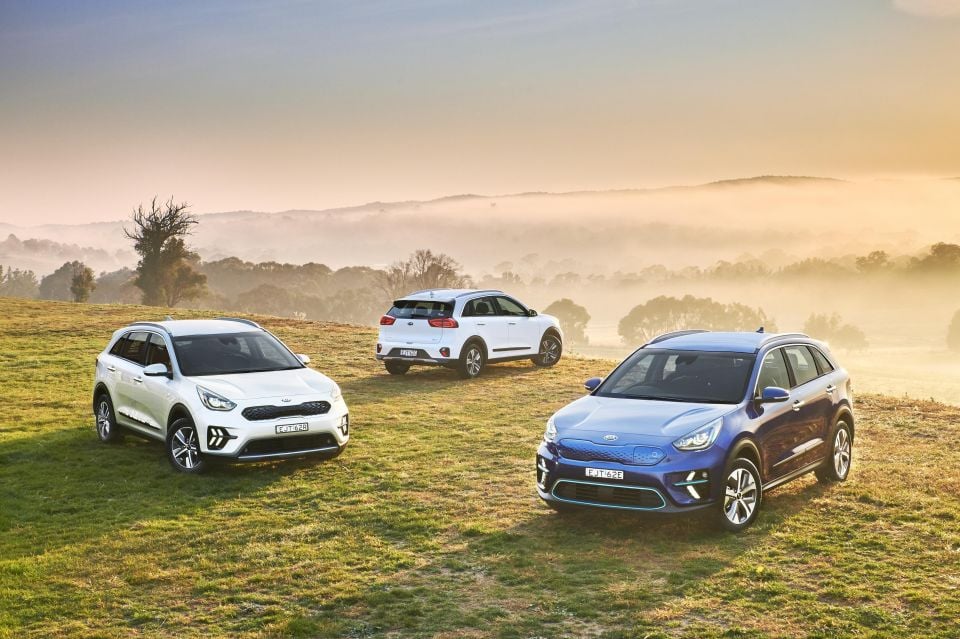
The new model replaces a car that was first introduced globally in 2016, but only made its way to Australia in 2021.
Despite launching mid-year, the Niro outsold its corporate cousin, the Hyundai Ioniq hatchback, which also offers a choice of hybrid, plug-in hybrid and electric powertrains.
Kia sold 742 Niros against 484 Ioniqs.
MORE: Everything Kia Niro
Where expert car reviews meet expert car buying – CarExpert gives you trusted advice, personalised service and real savings on your next new car.
William Stopford is an automotive journalist with a passion for mainstream cars, automotive history and overseas auto markets.


Max Davies
6 Hours Ago


William Stopford
6 Hours Ago


Derek Fung
6 Hours Ago


Max Davies
14 Hours Ago


William Stopford
1 Day Ago


Ben Zachariah
1 Day Ago